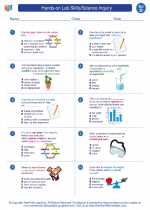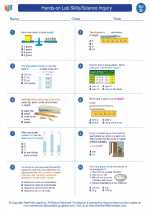Triassic Period
The Triassic Period is the first period of the Mesozoic Era, which is often referred to as the "Age of Reptiles." It lasted from approximately 251 million years ago to 201 million years ago. The Triassic Period is known for significant geological, climatic, and evolutionary changes.
Geological and Climatic Changes
During the Triassic Period, the Earth's continents were joined together in a single landmass called Pangaea. The climate was generally hot and dry, with vast desert regions covering large parts of the supercontinent. As the period progressed, the climate became more humid, leading to the diversification of plant and animal life.
Flora and Fauna
The Triassic Period saw the emergence of diverse plant life, including conifers, ferns, and cycads. In terms of fauna, reptiles were the dominant vertebrates, and early dinosaurs began to appear. Other notable animals of the Triassic Period include the first mammals, marine reptiles such as ichthyosaurs and plesiosaurs, and primitive flying reptiles known as pterosaurs.
Extinction Events
At the end of the Triassic Period, there was a significant mass extinction event that affected both marine and terrestrial life. This event paved the way for the dominance of dinosaurs during the subsequent Jurassic Period.
Study Guide: Triassic Period
- What is the Triassic Period?
- When did the Triassic Period occur?
- Describe the geological and climatic changes during the Triassic Period.
- What were the dominant plant species of the Triassic Period?
- Which vertebrates were the dominant animals of the Triassic Period?
- What were some of the notable animals that emerged during the Triassic Period?
- What major event marked the end of the Triassic Period?
[Triassic] Related Worksheets and Study Guides:
.◂Science Worksheets and Study Guides Fourth Grade. Hands-on Lab Skills/Science Inquiry

 Worksheet/Answer key
Worksheet/Answer key
 Worksheet/Answer key
Worksheet/Answer key
 Worksheet/Answer key
Worksheet/Answer key
